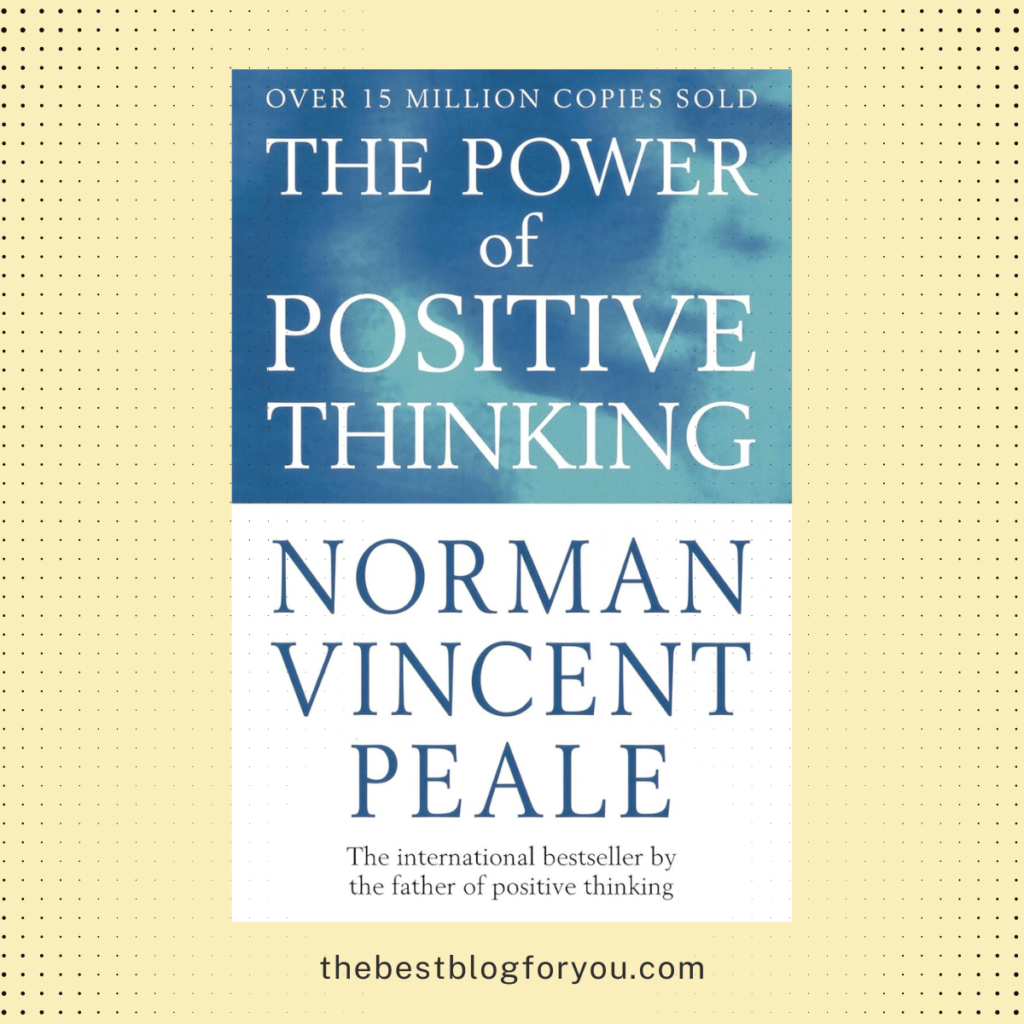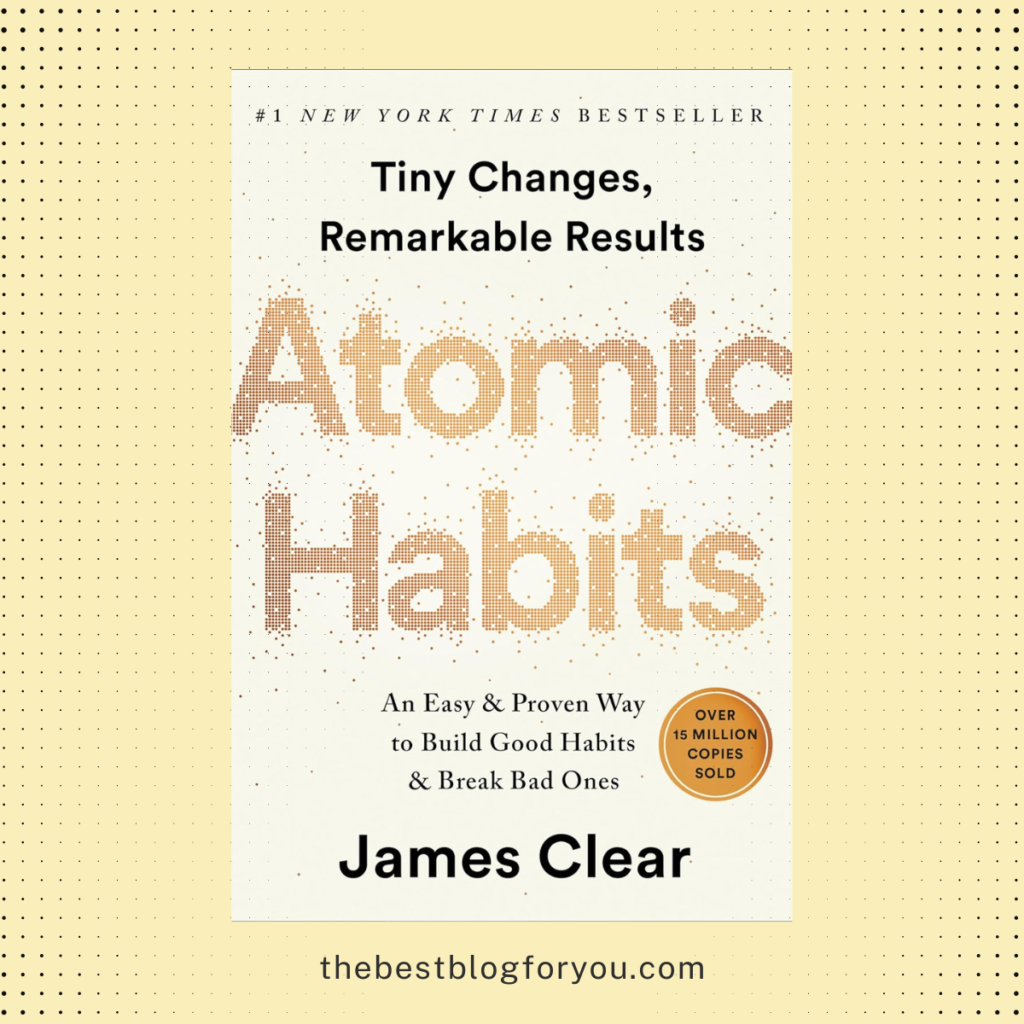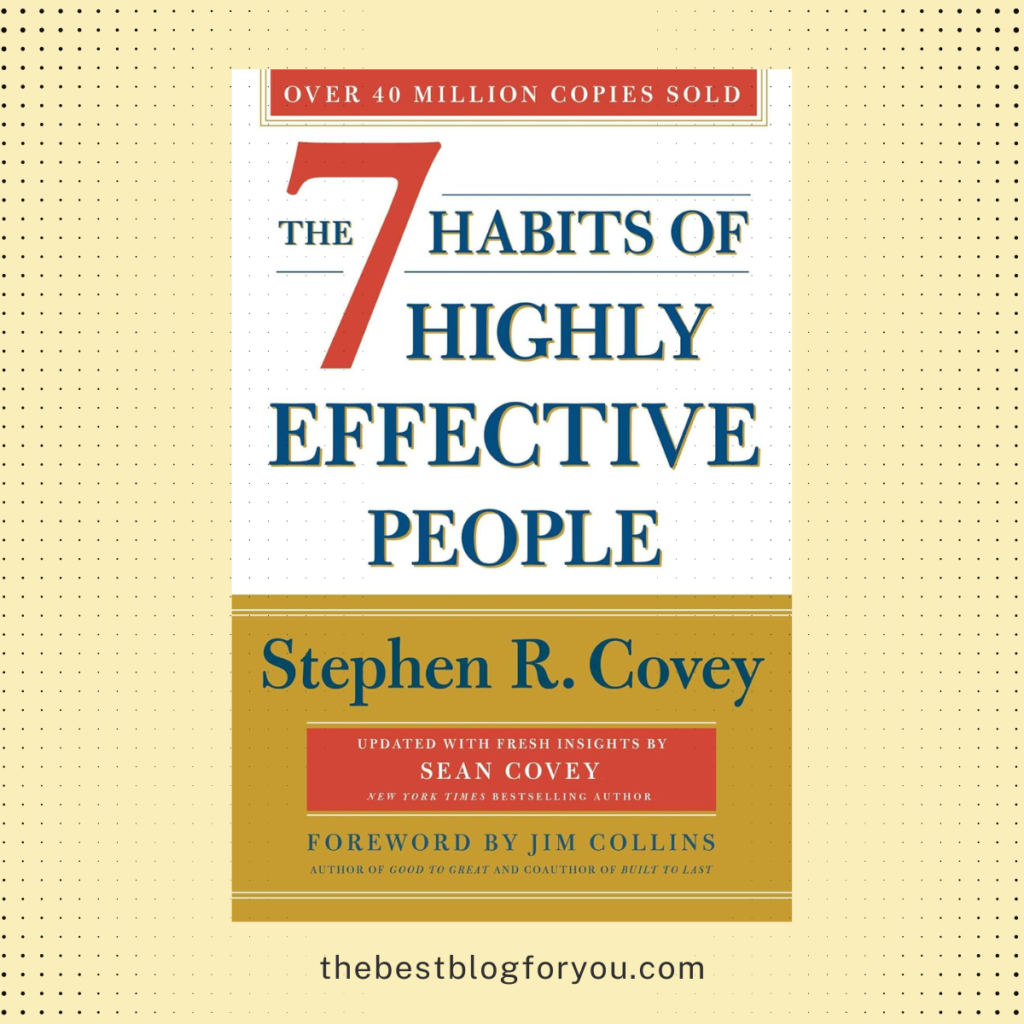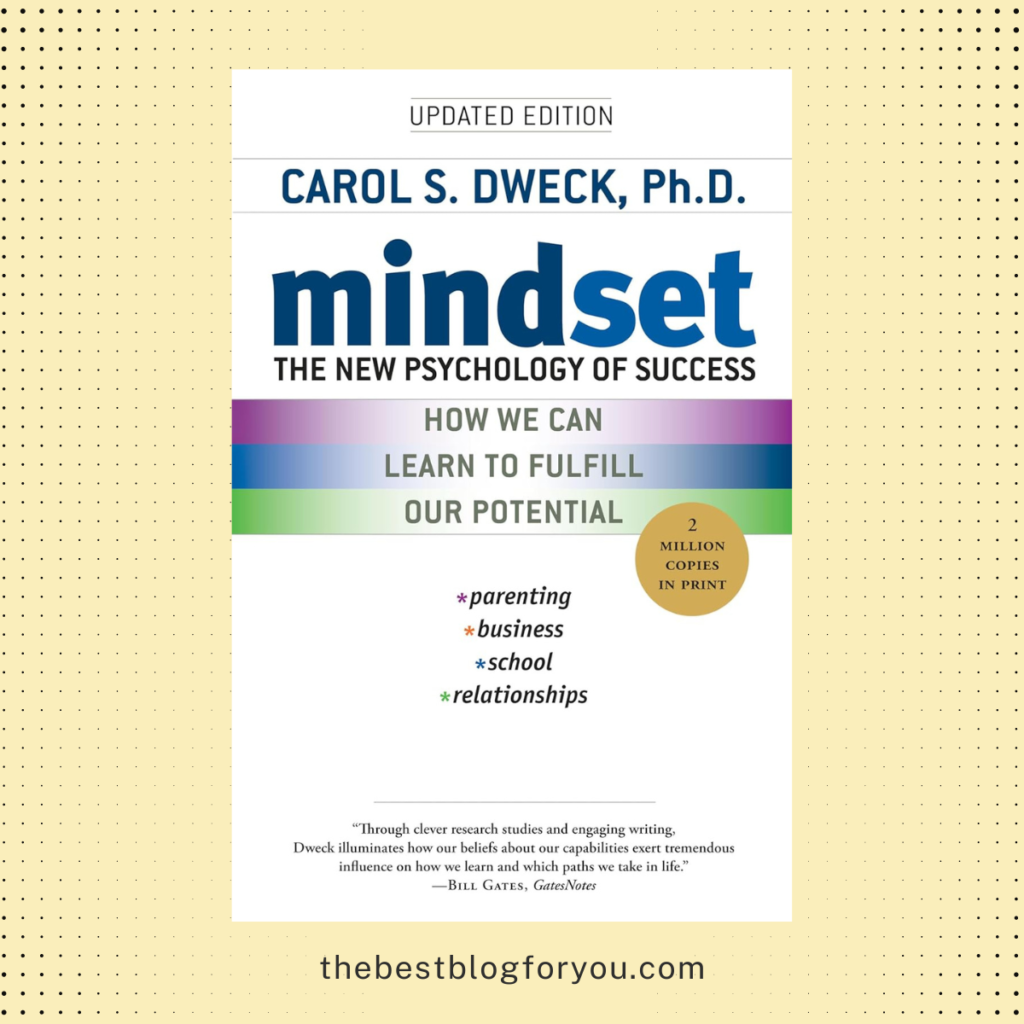
Intro
In today’s fast-paced world, the importance of motivation cannot be overstated. Whether you’re seeking inspiration for personal growth, professional development, or just a boost to get through the day, motivations books can serve as powerful tools. They offer not only insights but also practical strategies that can transform your mindset and behaviors. In this post, we will explore the top 5 motivational books that have inspired countless individuals to take action and achieve their goals. Each of these books has its own unique approach and perspective, making them invaluable additions to your reading list.
“The Power of Positive Thinking” by Norman Vincent Peale

Norman Vincent Peale’s “The Power of Positive Thinking” is a seminal work that has profoundly influenced the genre of motivation books. Written in 1952, Peale’s philosophy centers on the transformative power of a positive mindset. Through a combination of practical techniques and personal anecdotes, he illustrates how faith, optimism, and visualization can pave the way to a more fulfilling life.
One of Peale’s core messages is the idea that positive thinking can change your reality. He provides readers with actionable strategies to combat negative thoughts and foster a more optimistic outlook. For instance, Peale emphasizes the use of affirmations—positive statements that can help rewire your brain to focus on uplifting thoughts. By repeating these affirmations daily, you can build a mental habit that shifts your focus from problems to solutions.
Another technique Peale advocates is visualization. By mentally picturing your goals and desired outcomes, you can make them feel more attainable and real. This method aligns your subconscious with your aspirations, thereby increasing your motivation to achieve them. Peale’s approach is deeply rooted in the belief that the mind has the power to shape one’s reality, making it a powerful tool for anyone looking to overcome challenges and improve their quality of life.
Peale also discusses the role of faith in cultivating a positive mindset. He argues that having a spiritual foundation can provide additional strength and resilience. This is particularly evident in his exploration of the power of prayer. According to Peale, prayer is not just a religious act but a powerful practice that can bolster one’s resolve and offer comfort in times of difficulty. By integrating faith into daily life, individuals can find the inner strength needed to navigate life’s challenges.
“The Power of Positive Thinking” is filled with relatable stories and examples that demonstrate the practical application of its principles. Peale shares numerous anecdotes of individuals who transformed their lives by adopting a positive mindset. These stories serve as both inspiration and proof of the effectiveness of his methods.
Overall, Peale’s work goes beyond mere positivity to offer a comprehensive guide for developing a resilient and optimistic outlook. Through faith, visualization, and positive affirmations, “The Power of Positive Thinking” provides readers with the tools to achieve a more rewarding and meaningful life.
Check out: The 8 Key Takeaways from The Power of Positive Thinking
“Atomic Habits” by James Clear

James Clear’s “Atomic Habits” delves deep into the mechanics of habit formation, offering readers a science-based approach to achieving personal and professional goals. Clear’s central thesis is that monumental changes don’t happen overnight; instead, it’s the accumulation of small, consistent actions—what he terms “atomic habits”—that leads to significant transformation.
Clear breaks down habits into a four-step loop: cue, craving, response, and reward. By understanding this loop, readers can identify what triggers their habits and find ways to modify them. One of the standout concepts in the book is the “2-minute rule,” which suggests that any new habit should take less than two minutes to complete. This principle aims to make the initiation of new behaviors so simple that it’s almost impossible to say no. For instance, if you want to start a daily reading habit, begin by reading just one page a day. This minimal effort lowers the barrier to entry, making it easier to stick with the habit long-term.
Clear also introduces the idea of habit stacking, a technique where you pair a new habit with an existing one to make it more likely to stick. For example, if you already have a morning coffee routine, you could add five minutes of journaling right after you brew your coffee. This method leverages the momentum of your existing habits to incorporate new ones seamlessly into your daily routine.
Another critical aspect Clear addresses is the environment’s role in shaping our behaviors. He advocates for designing your environment to make good habits more obvious and bad habits more difficult. This can be as simple as placing a bowl of fruit on your kitchen counter to encourage healthier eating or hiding the TV remote to reduce screen time. By manipulating your surroundings, you can create a context that naturally fosters positive habits and discourages negative ones.
Clear’s book is filled with practical strategies and real-world examples that illustrate how tiny changes can yield substantial results over time. He emphasizes that the key to long-term success lies in making marginal gains and staying consistent. Instead of focusing on ambitious, often overwhelming goals, “Atomic Habits” encourages readers to concentrate on the process and systems that lead to those goals.
Through a combination of scientific research, insightful anecdotes, and actionable advice, James Clear offers a comprehensive guide to understanding and mastering the habits that shape our lives. “Atomic Habits” is a valuable resource for anyone looking to make lasting improvements through small, manageable changes.
Check out: Key Takeaways from the Atomic Habits Book
“The 7 Habits of Highly Effective People” by Stephen R. Covey

Stephen R. Covey’s “The 7 Habits of Highly Effective People” is a cornerstone in the world of personal development and leadership literature. Published in 1989, this book has remained a trusted guide for millions seeking to enhance their effectiveness in both personal and professional arenas. Covey outlines seven key habits that serve as foundational principles for achieving sustained success and meaningful productivity.
The habits are divided into three main categories: personal victory, public victory, and continuous improvement. Personal victory habits include “Be Proactive,” “Begin with the End in Mind,” and “Put First Things First.” These habits emphasize self-mastery and setting a clear vision for one’s life. Covey advocates for a proactive mindset, where individuals take responsibility for their actions and decisions, rather than being reactive to external circumstances. By setting clear goals and prioritizing tasks based on their importance rather than urgency, individuals can align their daily actions with their long-term objectives.
Public victory habits focus on building effective relationships and fostering teamwork. These include “Think Win-Win,” “Seek First to Understand, Then to Be Understood,” and “Synergize.” Covey underscores the importance of mutual benefit in relationships, encouraging a collaborative approach rather than a competitive one. By genuinely listening to others and striving to understand their perspectives, individuals can build trust and stronger connections. The concept of synergy, where the collective effort of a group results in outcomes greater than the sum of individual contributions, is also a crucial element in achieving public victories.
The final habit, “Sharpen the Saw,” falls under continuous improvement and renewal. Covey emphasizes the need for regular self-renewal across four dimensions: physical, mental, emotional, and spiritual. This holistic approach ensures that individuals maintain balance and sustain their effectiveness over the long term.
Covey’s framework is not just about productivity; it’s about achieving a balanced and purposeful life. He provides practical tools and exercises to help readers internalize and practice these habits. From time management techniques to effective communication skills, the book offers actionable advice that can be applied in various aspects of life. Through its timeless principles, “The 7 Habits of Highly Effective People” remains an essential read for anyone committed to personal and professional growth.
Check out: Key Insights from The 7 Habits of Highly Effective People by Stephen R. Covey
“You Are a Badass” by Jen Sincero

In “You Are a Badass,” Jen Sincero expertly blends humor with empowering life lessons to create a motivational book that resonates on a deeply personal level. Tailored for those who feel trapped in their current circumstances, Sincero’s work is a vibrant wake-up call to recognize and harness one’s inherent potential.
Sincero emphasizes the importance of self-belief as a cornerstone of success. She candidly shares her own experiences of overcoming self-doubt and fear, urging readers to confront these barriers head-on. Her narrative style is both engaging and relatable, making it easier for readers to see themselves in her journey and feel inspired to embark on their own.
One of the standout principles in the book is the law of attraction. Sincero posits that the universe responds to the energy we emit, and by focusing on positive outcomes and visualizing success, we can manifest our desires into reality. This idea is seamlessly woven into her broader message of living life with intention and purpose.
Practicality is at the heart of Sincero’s advice. She provides actionable steps to help readers break free from their comfort zones, such as setting clear goals, taking bold actions, and surrounding themselves with positive influences. She also addresses the significance of forgiveness—both of oneself and others—as a means to release negative energy that hinders personal growth.
Sincero’s infectious enthusiasm is contagious, making “You Are a Badass” not just a read, but an experience. Her witty, no-nonsense approach strips away the intimidation often associated with self-help books, replacing it with a sense of camaraderie and encouragement. By challenging conventional wisdom and daring readers to dream big, Sincero crafts a compelling case for why embracing one’s inner badass is the key to living an extraordinary life.
Check out: Key Takeaways from You Are a Badass by Jen Sincero
Mindset: The New Psychology of Success” by Carol S. Dweck

Carol S. Dweck’s “Mindset: The New Psychology of Success” offers a groundbreaking exploration of how our underlying beliefs about our abilities profoundly impact our success and overall life satisfaction. At the heart of Dweck’s thesis is the dichotomy between a fixed mindset and a growth mindset. People with a fixed mindset believe their talents and intelligence are static traits that cannot be changed. Conversely, those with a growth mindset see their abilities as malleable and capable of development through dedication and hard work.
Dweck delves into how these mindsets shape our behavior and attitudes across various domains such as education, sports, and personal relationships. For instance, in an educational setting, students with a growth mindset are more likely to embrace challenges and persist in the face of setbacks, viewing effort as a path to mastery. This contrasts sharply with students who have a fixed mindset, who may avoid challenges and give up easily, fearing that failure would expose their perceived limitations.
One of the book’s central themes is the importance of embracing challenges as opportunities for growth. Dweck illustrates how individuals with a growth mindset are more resilient because they understand that failure is not a reflection of their inherent worth but rather a valuable learning experience. This perspective allows them to recover more quickly from setbacks and maintain their motivation over the long term.
Dweck also provides actionable strategies for cultivating a growth mindset. These include practices like reframing negative experiences as learning opportunities, focusing on the process rather than the outcome, and celebrating effort and perseverance instead of just natural talent. By shifting our focus from proving our abilities to improving them, we can foster a love of learning and a resilience that is essential for great accomplishment.
Furthermore, Dweck emphasizes the role of language and feedback in developing a growth mindset. She advises parents, teachers, and leaders to praise efforts and strategies rather than innate abilities. For example, instead of telling a child, “You’re so smart,” it’s more beneficial to say, “You worked really hard on that.” This type of feedback encourages a focus on effort and strategy, reinforcing the idea that abilities can be developed.
The implications of adopting a growth mindset extend beyond individual success. In organizations, teams that embrace a growth mindset culture are often more innovative, collaborative, and adaptive. Dweck argues that leaders who foster a growth mindset within their teams can create environments where employees feel valued for their contributions and are motivated to take risks and learn from their experiences.
“Mindset: The New Psychology of Success” is not just a book but a call to action to re-evaluate our beliefs about learning and intelligence. By understanding and applying the principles of a growth mindset, readers can unlock new levels of motivation and achievement, transforming their approach to both personal and professional challenges. Dweck’s insights offer a powerful framework for anyone looking to maximize their potential and lead a more fulfilling, resilient life.
Check out: Key Takeaways from Mindset: The New Psychology of Success

3 thoughts on “The 5 best Motivational Books.”
Comments are closed.